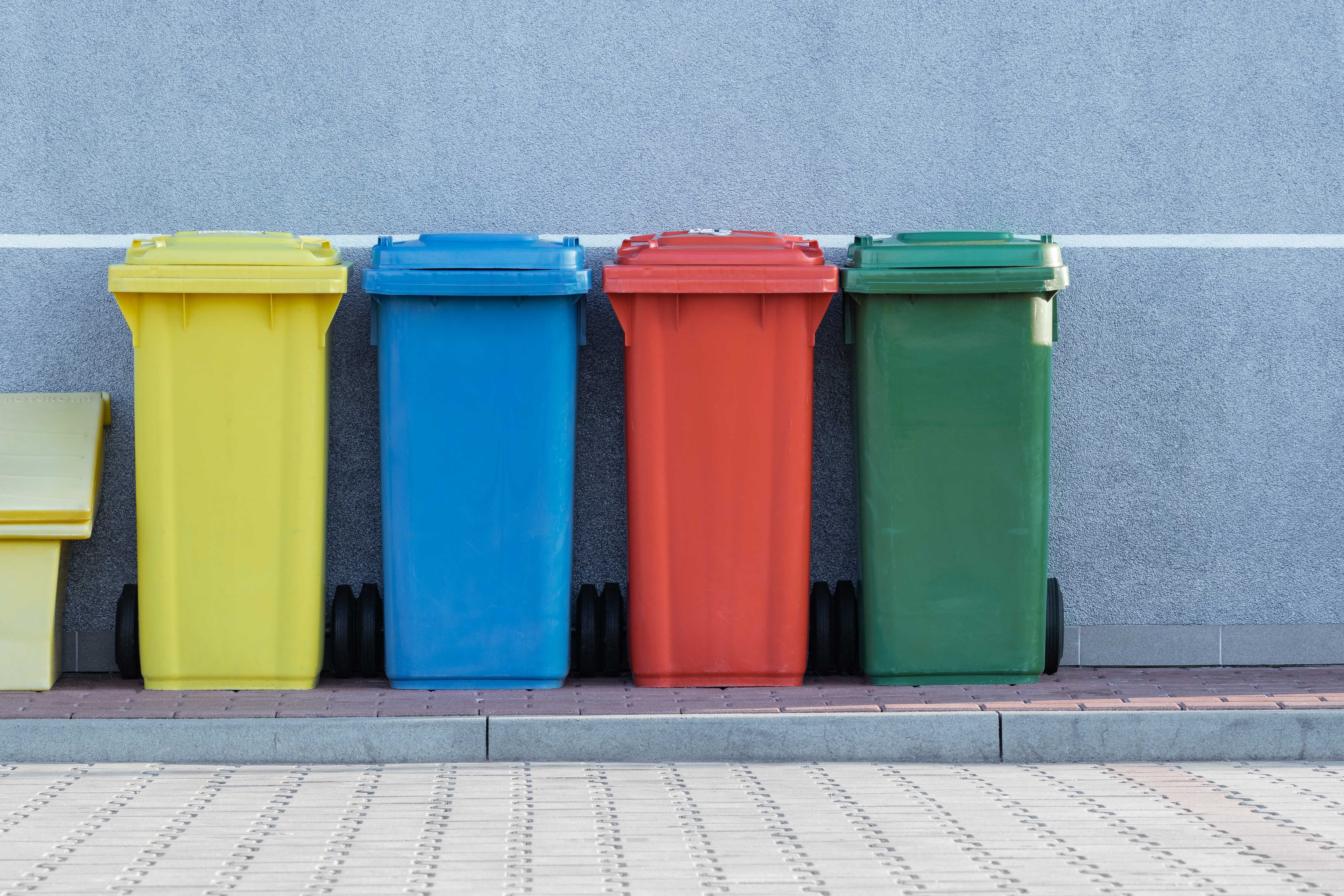This website uses cookies so that we can provide you with the best user experience possible. Cookie information is stored in your browser and performs functions such as recognising you when you return to our website and helping our team to understand which sections of the website you find most interesting and useful.
News
VI’s View on Circularity
When it comes to circularity, it’s important to know its history. Ellen MacArthur Foundation has promoted its Circular Economy concept for many years. The key elements include designing out waste in a product’s life cycle at the beginning of a product’s life cycle, and preferably reusing, repairing, or remanufacturing a product at its end of life with recycling as a last resort. Biologically-based materials are composted to basic chemicals and substances. These approaches are very useful in some instances but can pose some challenges with respect to an increased carbon footprint when attempting to keep materials at their highest potential in their original uses. Ellen MacArthur Foundation’s concept also does not account fully for the functionality of plastics in extending a product’s life cycle at the expense of designing out incompatibilities of materials.
In its Jan. 16, 2018 Communication to the European Parliament, the European Commission laid out “A European Strategy for Plastics in a Circular Economy” which is a more pragmatic approach that recognizes the value of recycling. The Strategy has many excellent visions and objectives including improved design for recyclability, more reusable or recyclable plastic packaging in a cost-effective manner, greater durability of plastic containing products, extended and modernized plastics recycling capacities, boosting demand for recycled plastics, and increasing education and incentivizing consumers on reducing plastic wastes. If these initiatives can be implemented, that will significantly reduce plastic waste destined for landfills or incineration.
Other features proposed in the European Strategy include separate collection schemes to improve the sortation and economics of recycling, ultimately leading to higher value recycle material streams, extended producer responsibilities, and possible economic incentives for recycled content in plastic packaging. This latter group of initiatives can have unintended consequences that may not provide the full benefit of carbon footprint reduction. For example, highly functional packaging that extends shelf life of foods, tamper/damage resistant packaging that guarantees the original product remains intact until the consumer obtains it, and cross-application recycling into extended life products are not included in the strategy. VinylPlus, as part of the European Council of Vinyl Manufacturers, has commented that plastics at the end of their useful life are now considered by many European regulations as waste, but significant potential remains as a raw material that can be recovered. VinylPlus goes on to recommend that European regulators harmonize their definition of wastes so that maximum recovery of plastics at the end of their useful life can be achieved.
The U.S. EPA developed its Sustainable Materials Management (SMM) approach in 2009 and promotes basic tenets of using less material, recovering more material, and reducing toxicity in materials use. The EPA’s SMM relies heavily on life cycle assessments to consider benefits of material reuse, repair, or recycling versus recovery in some other fashion. This is by far the most achievable and most pragmatic approach with respect to materials management, in particular for plastics recovery.
SMM initiatives include:
- Promoting efforts to manage materials and products on a life-cycle basis, using present authorities,
- Building our capacity to manage materials in the future,
- And accelerating the public dialogue necessary to start a generation-long shift in how we manage materials and create a green, resilient and competitive economy.
This may be a far less prescriptive approach than the European Circular Strategy, but it is actually far broader in scope. For example, recovery of raw materials and fuels through chemical recycling is not prohibited as it might be in a circular economy perspective. SMM advocates systems that extract the value of the recovered material without expending excessive carbon energy to keep the material at a higher value.


